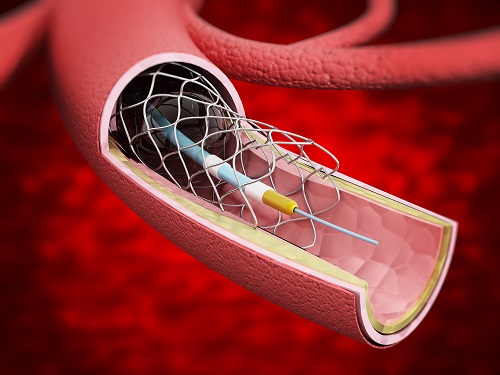
Computational modeling is an important supplement to physical testing and clinical trials for design and performance validation of medical devices. The Food and Drug Administration’s (FDA) guidance material, “Reporting of Computational Modeling Studies in Medical Device Submissions”, includes guidelines for providing statistical proof and validation of simulation results such as inclusion of “the sensitivity of the QOI(s) [quantity of interest] on key parameters and provide a systematic analysis of the uncertainty in relation to the key parameters, as appropriate” (FDA Guidance Section 10a, 2016).
ASME V&V 40 Standard Assessing Credibility of Computational Modeling through Verification and Validation: Application to Medical Devices provides guidelines for carrying out the type of uncertainty analysis and model validation activities prescribed by the FDA. In this webinar, an overview of Uncertainty Quantification (UQ) techniques and their application in assessing model credibility in the medical device industry, per ASME V&V 40 Standard, will be detailed.
Additionally, using SmartUQ software for illustration, these concepts will be applied to a practical, end-to-end case study in which the performance of a balloon expandable coronary stent model is analyzed with respect to geometric and material property variation. The model’s credibility will also be assessed using a set of mock physical test results.
Using SmartUQ software demo and examples for illustrative purposes, this webinar will discuss:
